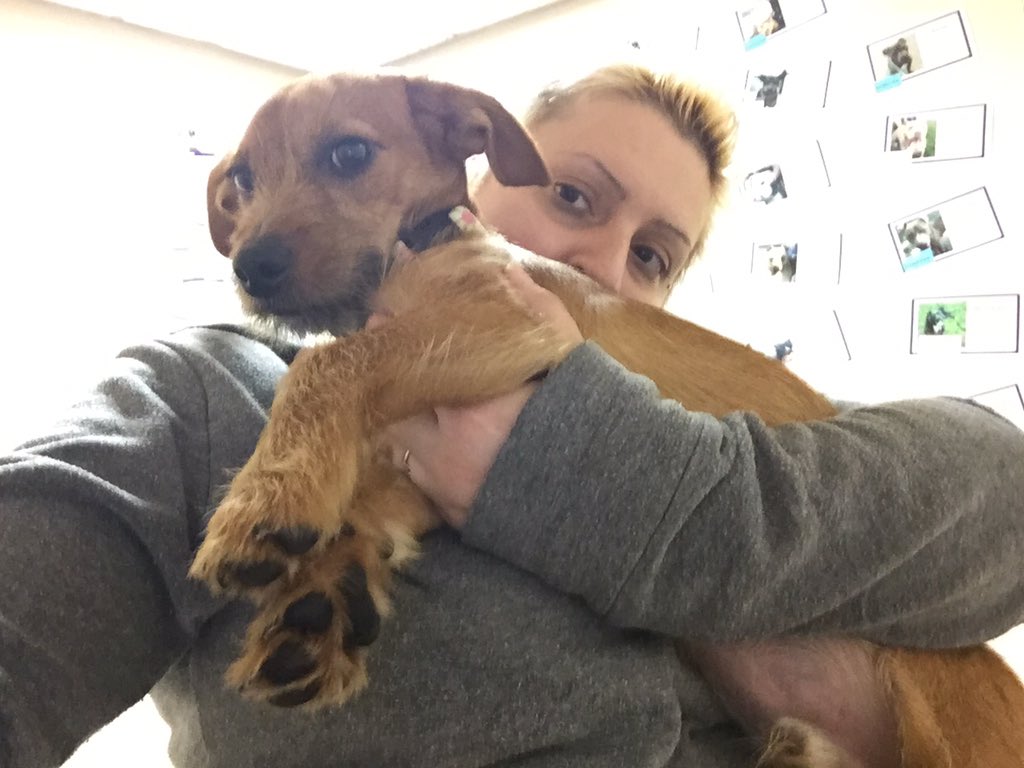

If you would like to update to a new version, simply download the new caprine AppImage. This is entirely optional and currently needs to be configured by the user. If you want to restrict what caprine can do on your system, you can run the AppImage in a sandbox like Firejail. Then double-click the AppImage in the file manager to open it. Use at your own risk!ĭownload the caprine AppImage and make it executable using your file manager or by entering the following commands in a terminal: Follow these instructions only if you trust the developer of the software. This is a Linux security feature.īehold! AppImages are usually not verified by others. However, they need to be marked as executable before they can be run. Unlike other applications, AppImages do not need to be installed before they can be used. Running caprine on Linux without installation Most AppImages run on recent versions of Arch Linux, CentOS, Debian, Fedora, openSUSE, Red Hat, Ubuntu, and other common desktop distributions. No system libraries or system preferences are altered. Download an application, make it executable, and run! No need to install. Awesome!ĪppImages are single-file applications that run on most Linux distributions. 73(3):842–847.Unofficial, but elegant and privacy focused Facebook Messenger app with many useful featuresĬaprine is available as an AppImage which means "one app = one file", which you can download and run on your Linux system while you don't need a package manager and nothing gets changed in your system. Role of superoxide anion in host cell injury induced by Mycoplasma pneumoniae infection. Characterization of membrane and cytoplasmic antigens of Mycoplasma arginini by two-dimensional (crossed) immunoelectrophoresis. Characterization of mycoplasmas isolated from pneumonic lungs of sheep and goats. 39(2):121–124.Īdehan RK, Ajuwape AT, Adetosoye AI, Alaka OO. Pathological and molecular characterization of contagious caprine pleuropneumonia (CCPP) outbreak in Kerala. 41:52–54.Ībraham SS, Asha TT, Julie B, Prathiush PR, Nandakumar S, Prasad PM. Clinico-pathological aspects of naturally-occuring contagious caprine pleuropneumonia in the Sudan.

Goat Mycoplasma caprine pleuropneumonia vaccine.Ībdelsalam EB, Goraish IA, Tartour G. Re-visiting conventional prophylactic measures focussing on developing novel strain-based or recombinant vaccines using specific antigens (capsular or cellular) should be the most important strategy for controlling the disease worldwide. Moreover, the studies on antibiotic sensitivity and exploration of novel antibiotics (fluoroquinolones, macrolides) can help in better therapeutic management besides preventing menace of antibiotic resistance. The latex agglutination test (LAT) is rapid, simple, and better test for field and real-time diagnosis applicable to whole blood or serum and is more sensitive than the CFT and easier than the cELISA. Diagnosis has overcome cumbersome and lengthy conventional tests involving culture, isolation, and identification by advanced serological (LAT, cELISA) or gene-based amplification of DNA (PCR, RFLP, and hybridization) and sequencing. Mycoplasmal antigen interactions with host immune system and its role in CCPP pathogenesis are not clearly understood. In later stages, severe lobar fibrinous pleuropneumonia, profuse fluid accumulation in pleural cavity, severe congestion of lungs and adhesion formation is observed. The characteristic clinical signs of CCPP are severe respiratory distress associated with sero-mucoid nasal discharge, coughing, dyspnea, pyrexia, pleurodynia, and general malaise. CCPP affects goats in more than 40 countries of the world thereby posing a serious threat to goat farming around the globe. The disease is characterized by severe serofibrinous pleuropneumonia, very high morbidity (∼100%), and mortality (80-100%). Contagious caprine pleuropneumonia (CCPP) is a serious disease of goats, occasionally sheep and wild ruminants, caused by Mycoplasma capricolum subspecies capripneumoniae (Mccp).


 0 kommentar(er)
0 kommentar(er)
